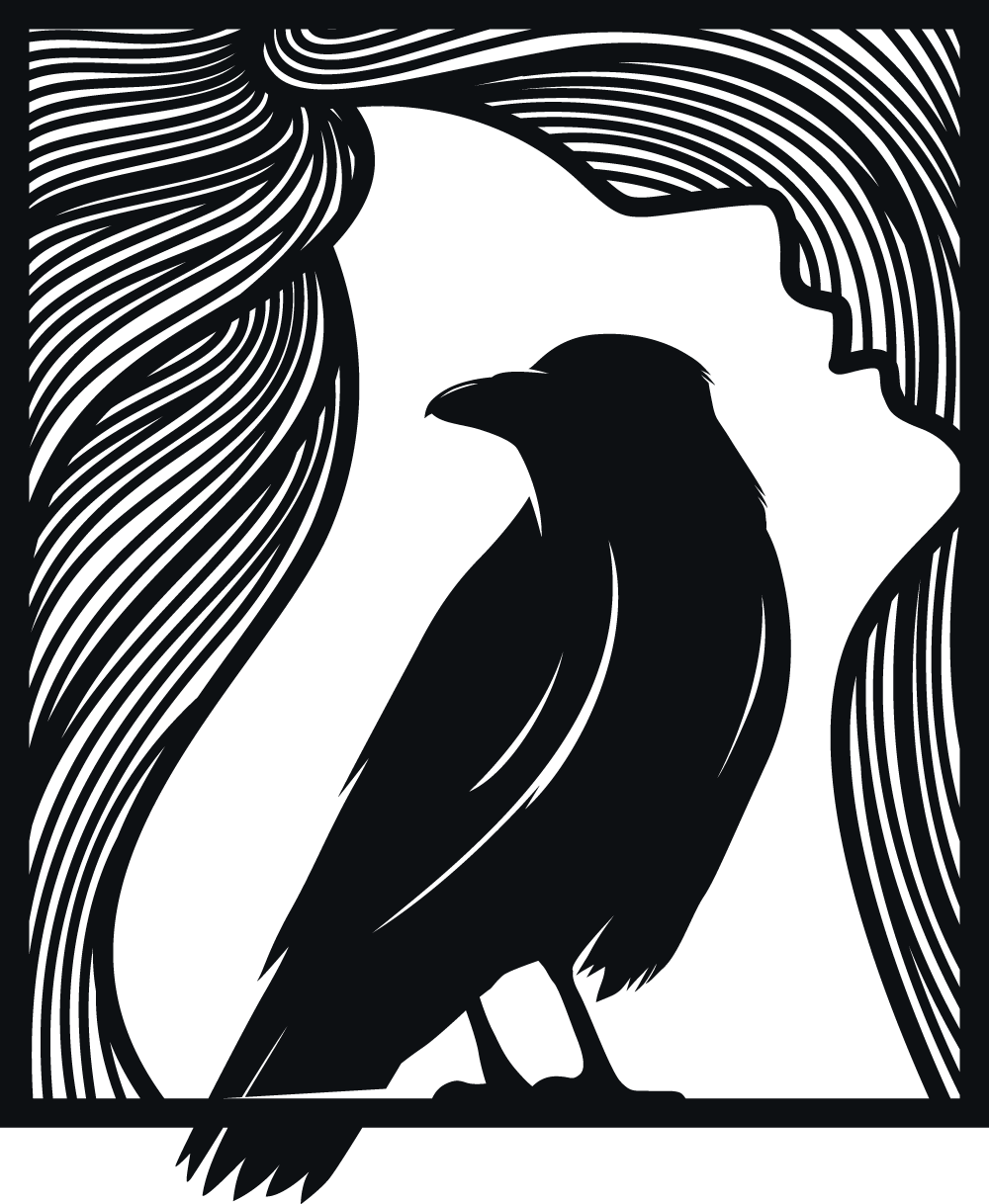
In the practice of witchcraft and other pagan traditions, robes and colors play a central role, not only as symbolic elements but also as tools to enhance the energy and intention of rituals. Wearing robes goes beyond merely choosing clothing; it is a ritual in itself, a transformation that prepares the wearer for the spiritual work ahead.
The Significance of Robes
Donning a robe is an act of devotion and a physical manifestation of the transition from the mundane to the ritual or magical space. This process of 'metamorphosis' helps the witch to focus, clarify their intent, and elevate their consciousness, allowing them to align more closely with the energies they are working with. A robe is more than just clothing; it is a symbol of the sacred role one assumes during rituals and ceremonies.
Colors and Their Symbolism
The colors of robes carry deep symbolic meanings, often connected to the elements, the Goddess, or specific intentions. These colors are also chosen based on the energies of the festivals (sabbats) in the Wheel of the Year.
White: White symbolizes purity, spiritual enlightenment, and connection with the divine. Druids often wear white, especially during ceremonies, to emphasize their connection to the spirit and natural forces. It is also frequently worn during Imbolc, a sabbat that celebrates the return of light and new hope, and Litha, the festival marking the height of the sun.
Black: Black is associated with protection, mystery, and the void from which all creation emerges. It is a color of transformation and is often worn during Samhain, the festival that marks the end of the harvest and the transition to the darker half of the year. Black helps to shield against negative energies and ground intention.
Green: Green is the color of the earth, fertility, and abundance. It is often worn during Ostara and Beltane, both sabbats that celebrate the growth and fertility of nature. Green helps the wearer connect with the life force of nature and supports rituals focused on growth, prosperity, and balance. Also the color that Druid ovates wear.
Blue: Blue symbolizes communication and emotions. It is associated with water element. Blue is a suitable color for rituals aimed at emotions and communication. Also the color that bards (druidism) wear.
Red: Red is the color of fire, passion, and vitality. It is a powerful color often worn during Beltane, a sabbat that celebrates fertility and the fire of life. Red supports rituals focused on love, strength, and perseverance, and it helps channel the fiery energy needed for powerful manifestations.
Purple: Purple stands for spiritual power, transformation, and connection with higher realms. It is associated with mystical knowledge and is often worn during rituals focused on spiritual growth or communication with divine forces.
Materials and Accessories
The materials from which robes are made also carry significance. Natural fabrics such as cotton, linen, and wool are often preferred because of their connection to the earth and their ability to conduct energy. These fabrics help the wearer connect more deeply with the elements and nature. Silk robes may be used for their luxurious feel and their association with royal and spiritual energies.
In addition to robes, many witches and druids wear specific jewelry to support their practice. This can range from pentacles and crystals to talismans that are specific to their personal path or the energies they invoke. Jewelry often enhances the intention of the ritual and can serve as a personal connection to the forces of nature or the divine.
A Personal Transformation
Wearing a robe, choosing the right colors and materials, and complementing the outfit with symbolic jewelry are all part of the preparation process for ritual work. It helps the witch to transform, strengthen their intent, and forge a deep connection with the forces they invoke. Together, these elements ensure that the ritual is not just a physical act but a profound spiritual process guided by focused intention and a deep connection with the divine and nature.

